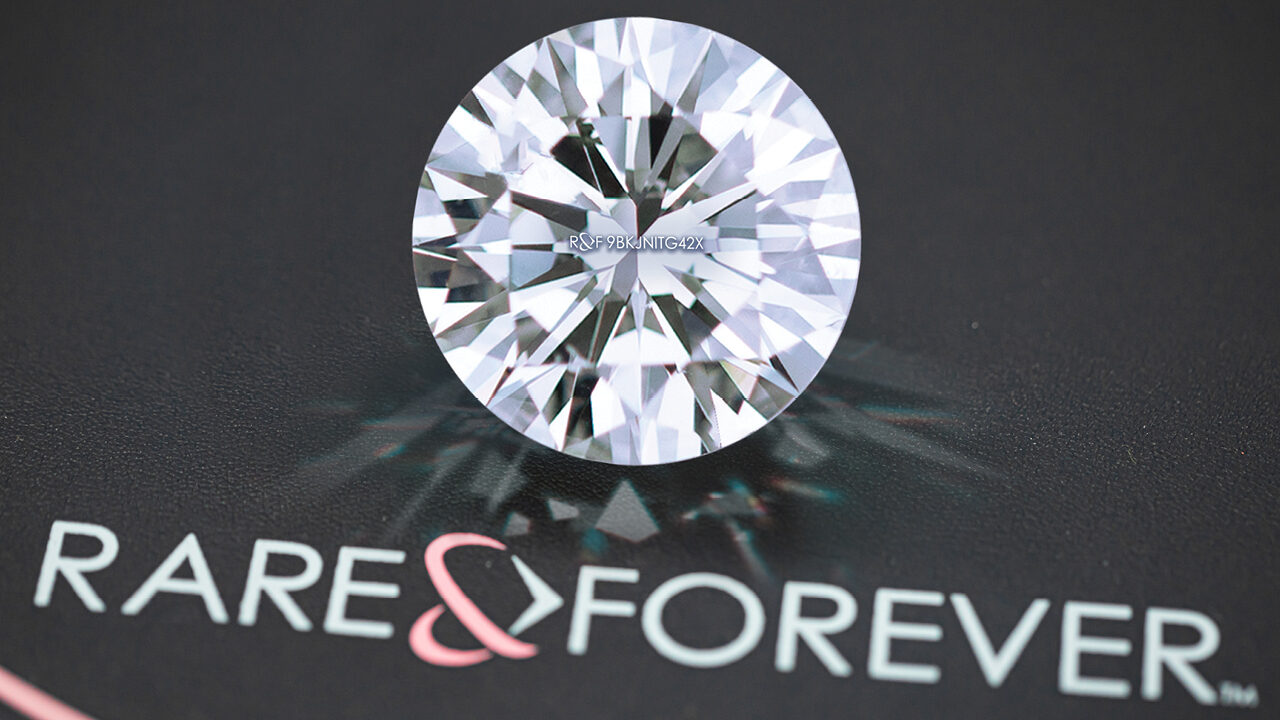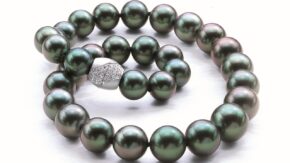Armed with artificial intelligence, gem labs and technology providers are bringing more transparency to the grading process.
Rapid advancements in diamond grading have created a fastmoving target. “We have more technology and equipment than you can imagine and it’s all critical to running a high-volume, highly accurate and efficient lab,” says Angelo Palmieri, chief operating officer at Gem Certification & Assurance Lab (GCAL).
In 2020, the Gemological Institute of America (GIA) announced it had implemented assisted intelligence (AI) technology for diamond-clarity grading. However, it had already been working with AI-assisted grading for several years. Its goal is to strengthen the objective accuracy of diamond grading results versus its subjective human input.
“Many buyers are surprised to learn that diamond grading is based on human opinions, which are very subjective,” notes Andrew Rickard, vice president of operations at RDI Diamonds. “Technology, specifically
artificial intelligence, eliminates the subjectivity of the human eye, in turn eliminating inconsistencies and ensuring more accurate grading.”
CONFIDENCE THROUGH TRUST
Applied technology in this area leads to enhanced consumer confidence through such objectivity. “Today’s consumer is savvy, sophisticated, and keen to buy from brands that provide transparency and a high level of trust with regards to the product they are selling,” says David Block, CEO of Sarine Technologies.
Block explains how technology strengthens consumer trust. “We at Sarine believe technology is one of the most effective ways of combining transparent and trustworthy information while at the same time creating an engaging consumer experience,” he observes. Essential to creating that positive client experience, he finds, are “easy-to-understand and engaging information about the product [customers] are purchasing, which is exactly the kind of experience Sarine’s AI-based grading reports provide today.”
Palmieri affirms the value of technology in improving customer assurance. “At GCAL, we optically fingerprint every diamond using Gemprint [a visible laser-producing unique fingerprint], which allows us to positively identify that diamond at any time, whether it’s loose or mounted,” he says.
The next step draws the customer into the experience, Palmieri explains. “We then take high-resolution photomicrographs of the diamond to demonstrate to the customer what the diamond really looks like, versus an archaic two-dimensional plot that most labs use.”
He points out the limitations of traditional hand-drawn plots. “They can’t show you the depth of inclusions, whether close to the surface, or to the culet, nor can they show inclusions that reflect,” Palmieri
says. Furthermore, they can’t indicate the color or relief of the inclusions, which are vital to understanding the stone completely, he believes.
UNDERSTANDING BEAUTY
Because diamonds are valued for their beauty, technology also underscores their intrinsic attractiveness. “The technology, instrumentation and processes GIA uses to support our expert and experienced diamond graders are integral to helping consumers understand the characteristics of their diamonds, leading to a greater appreciation of how those characteristics affect each diamond’s appearance,” states Tom Moses, executive vice president and chief laboratory and research officer at the GIA.
With increased consumer interest in sourcing, any data revealing a diamond’s origins is also vital. The GIA Diamond Origin Report introduced in April 2019 is yet another extension of GIA’s unique expertise and understanding of diamonds, according to Moses.
“Our proprietary scientific process matches a polished diamond to its original rough, if GIA has examined
the original rough,” he adds “This is an innovative way to address consumers’ growing desire for confirmation of the country where their diamond was mined.”
CAVEATS
“Automated, AI technology-based grading is a revolutionary step, but as with all technologies, there are limitations,” cautions Sarine’s Block. “For example, there are certain types of goods that are not covered within the scope of our current grading technology. One such example is fancy-color diamonds, which are a very small part of the total diamond population, but are a unique segment that requires special attention.
Our grading technologies are based on AI machine learning, which requires large amounts of data to ‘teach’ the advanced algorithms how to grade. So, while most of the mainstream segments are already covered, in certain segments there is still not enough data to enable reaching the level of accuracy we require from our systems.
“As we continue to both improve the underlying technology as well as collect additional data, we are confident that we will be able to expand the use of the technology to most types, sizes and qualities
of diamonds.”
THE NEXT FRONTIER
RDI Diamonds’ Rickard says, “Rare & Forever [diamonds graded via AI technology] is leading the way on bringing technology grading to the US market. As others follow, we’re working hard with our partners to develop more advanced technology and even better product transparency. These advancements will help solidify our leadership position in the rapidly evolving market.”
Palmieri reflects on the future of grading. “All labs have commercial interests, and some just have more will power to ensure that their commercial interests intersect at some point with the interest of the consumer who relies upon their reports,” he concludes.
Image: RDI Diamonds




